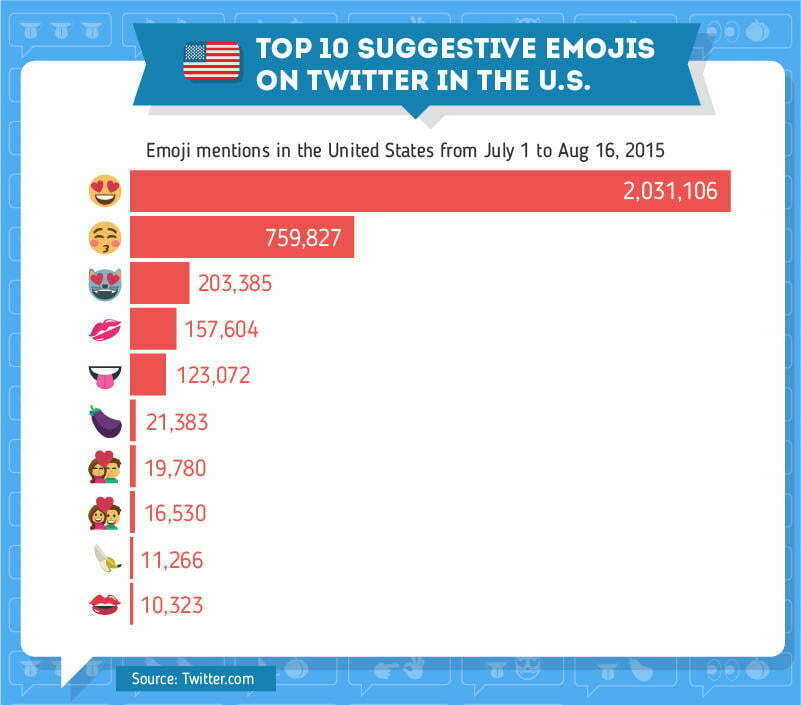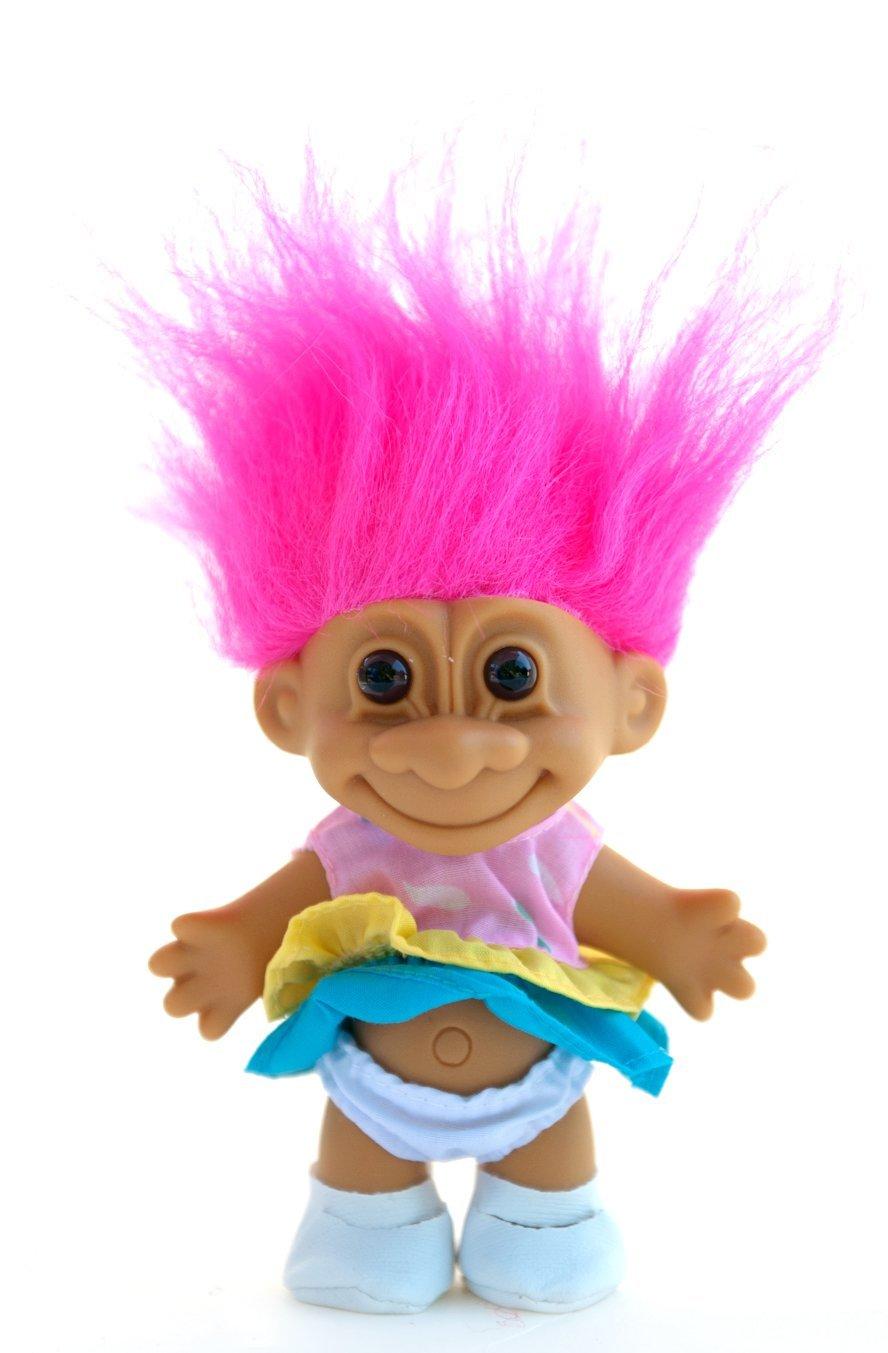
“Eh, I don’t like the sound of that.”
If you’re a content marketer, this phrase is all too familiar whenever you’ve pitched an idea that pushes the envelope. On the one hand, your client understands the value of inbound marketing: Not only is it one of the most cost effective marketing strategies, but it can also generate high levels of awareness and drive conversions – particularly through something viral.
What they don’t fully understand, though, is that success relies on a content campaign that won’t add to the white noise on the internet; it actually breaks through it.
Controversy is a great way to do this, but getting the green light for it is arguably the toughest part. For clients, the thought of attaching their brand to anything polarizing can easily set off visions of bad press and internet trolls wielding pitchforks in comment sections.
However, a vote of confidence is possible – you just need to be prepared to answer the following five questions. In this post, I’ll walk you through the best way to address these common concerns and objections in order to eliminate any reservations and bring you one step closer to delivering that next metric-breaking marketing campaign.
1. “Where’s the proof that controversial content marketing works?”
This is a big one, specifically because of what I mentioned earlier about the immediate red flags. Begin the conversation by emphasizing that controversial campaigns work because they trigger an emotional response – which is essential in generating massive shares and other forms of engagement. You want them to understand that controversial content marketing works because it evokes an immediate reaction, and audiences click, read, and share because they have an opinion – and they want the rest of the internet to know.
You’ll want to follow this with a few examples of highly emotional, albeit controversial campaigns. Consider “Perceptions of Perfection,” which we created for our client Superdrug Online Doctor. We asked designers from 18 countries to Photoshop a model’s body so that she was “beautiful” according to their cultural standards. The resulting images were both incredibly shocking and at times hardly recognizable, and this stark contrast evoked a lot of responses from viewers – driving nearly 600 stories and more than 900,000 social shares.
2. “How will you connect the campaign back to our brand?”
Keep in mind that shocking simply to shock won’t deliver the results a brand is looking for if the content doesn’t tie back to their core messages and services.
Consider UN Women’s “Auto-Complete Truth” campaign. The idea was simple: Images of women were superimposed with actual Google search queries, but the kicker was that these queries were incredibly sexist (e.g. “women need to know their place,” “women shouldn’t vote,” and “women cannot drive”).
Credit: UN Women
What made this campaign so successful was that it was grounded in the core values promoted by UN Women, specifically their mission to “eliminate the discrimination against women and girls.” This message of female empowerment was felt by publishers across the globe, helping it earn spots on Adweek, The Guardian, and Fast Company. In fact, the campaign was so successful, the organization revisited the campaign later that year, where it saw similar results.
3. “Won’t a controversial marketing campaign present my brand in a negative light?”
Like I mentioned earlier, a lot of clients will think stirring up controversy is ill-advised, and if you really think about it, that’s not surprising: Merriam-Webster defines “controversy” as an “argument that involves many people who strongly disagree about something.” No matter who you are, the words “argument” and “disagreement” send up immediate red flags.
What most people don’t understand, though, is that there are actually different forms of controversy – and how you execute each idea is what impacts negative feedback. Below are a few different approaches to controversial content:
- Shocking or unexpected campaigns: This content often focuses on delivering surprising results. For example, consider the headline, “Eww! New Study Finds Expensive Hotels Have More Germs.” The campaign in question made a rather bold statement – five star hotels are actually the dirtiest – which added the necessary shock value that generated this spot on Yahoo.
- Taboo campaigns: This content focuses on a topic that isn’t often discussed. A great example is “Sexually Suggestive Emojis,” which looks at how people are using flirtatious combinations of emojis across the globe.
- Debatable campaigns: Most controversial ideas would fall under this umbrella. For these topics, the content presents data from both sides of an argument and lets readers drive the discussion. For instance, the headline “The Most Prejudiced Places in America” definitely ignites a debate in large part because of the geographic ego-bait at the core of the campaign. Readers are left offering their two cents on whether or not they agree.
Keep in mind that although there are different approaches to controversial ideas, the connecting thread is that the campaigns focus on the data and rely on readers to drive the discussion. This disassociation between the campaign’s results and the brand is what prevents any negative spotlight.
4. “What’s your plan for any backlash?”
Unfortunately, no controversial idea is entirely immune to naysayers. You’ll want to emphasize to your client that although you can’t guarantee that an idea will go over well with every audience, you’ll have protocols in place to mitigate any negative response. So what are some ways you can do this?
Avoid producing a campaign with a hidden agenda
Rather than presenting an opinion, just present the facts. The most successful controversial marketing allows the data to speak for itself. Facts are facts, and that’s all your content needs to offer.
Use a credible data source
The last thing you want is the validity of your content to become a point of contention, especially for something that is already controversial. Make sure your methodology is readily available and includes the following:
- Specifics on your data set, including how, when, and where you collected it
- Any exceptions within your data, such as outliers that were omitted
- A list of additional sources (i.e. secondary research)
- Access to raw data
Don’t feed the trolls
You don’t want mistakes in your content to become the real controversy, so make sure you have multiple quality assurance steps added into your production timeline to ensure you’re not releasing inaccurate or low-quality content.
5. “When can we start?”
So this is a little presumptuous, but hopefully at this point in the conversation your client is ready to take the plunge into controversial marketing waters. In order to keep the momentum going, you’ll want to have some ideas ready to pull out of your back pocket along with examples of previous campaigns that worked (including any related metrics).
Final Thoughts: Reservations are expected, so come to the table with a plan of action
Although you can’t guarantee how audiences will respond to a controversial idea, you can promise your client that it’s a great way to break through their competitors’ white noise. If a client is on the fence, remind them how your primary focus is to produce a campaign that is credible and highly connected to their key messages before it pushes the envelope – a strategic move that will make their “eh” become a resounding “yes!”
About the author
Andrea Lehr is a Brand Relationship Strategist at Fractl where she works alongside a team of creative strategists to produce unique, data-driven campaigns about industry trends. Connect with her on LinkedIn for daily updates on great content; follow her on Twitter @AndreaMLehr for the GIFs.











